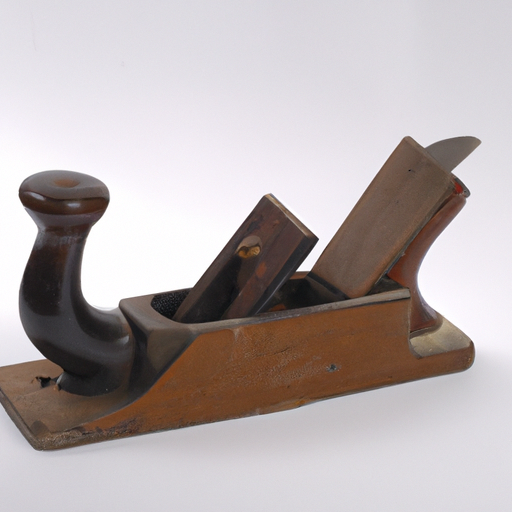Plain vs. Plane: Understanding the Difference
The word **plain** is used to describe something simple or without any decorations, like a plain white t-shirt. It can also mean a large area of flat land without many trees or hills. The word **plane** is used to talk about a flat surface, like the wings of an airplane or the blade of a knife.
**History:**
The word **plain** comes from the Latin word “plānus” which means flat or clear. It has been used in English since the 14th century. The word **plane** has a similar origin, also coming from the Latin word “plānum” meaning flat surface.
**How to use:**
– **Plain**:
1. I prefer plain donuts without any frosting.
2. The sky was plain blue with no clouds in sight.
3. She wore a plain black dress to the party.
4. The field stretched out into a vast plain with no trees.
5. Please write your name in plain handwriting.
– **Plane**:
1. The carpenter used a plane to smooth out the wood.
2. The bird flew in a straight line across the plane.
3. The pilot landed the plane safely at the airport.
4. She drew a picture of a plane flying in the sky.
5. The table had a plane surface for writing.
**Trick to Remember the Difference:**
One way to remember the difference is that the word **plain** has an “a” like “flat,” which can remind you of something simple or unadorned. The word **plane** has an “e” like “edge,” which can help you remember it refers to a flat surface.
**Summary:**
In summary, **plain** is used to describe something simple or unadorned, like plain clothes or a plain landscape. On the other hand, **plane** refers to a flat surface or a tool used for smoothing surfaces like a plane or an airplane. Remember the “a” in **plain** for something simple and the “e” in **plane** for a flat surface.


Leave a Reply
You must be logged in to post a comment.